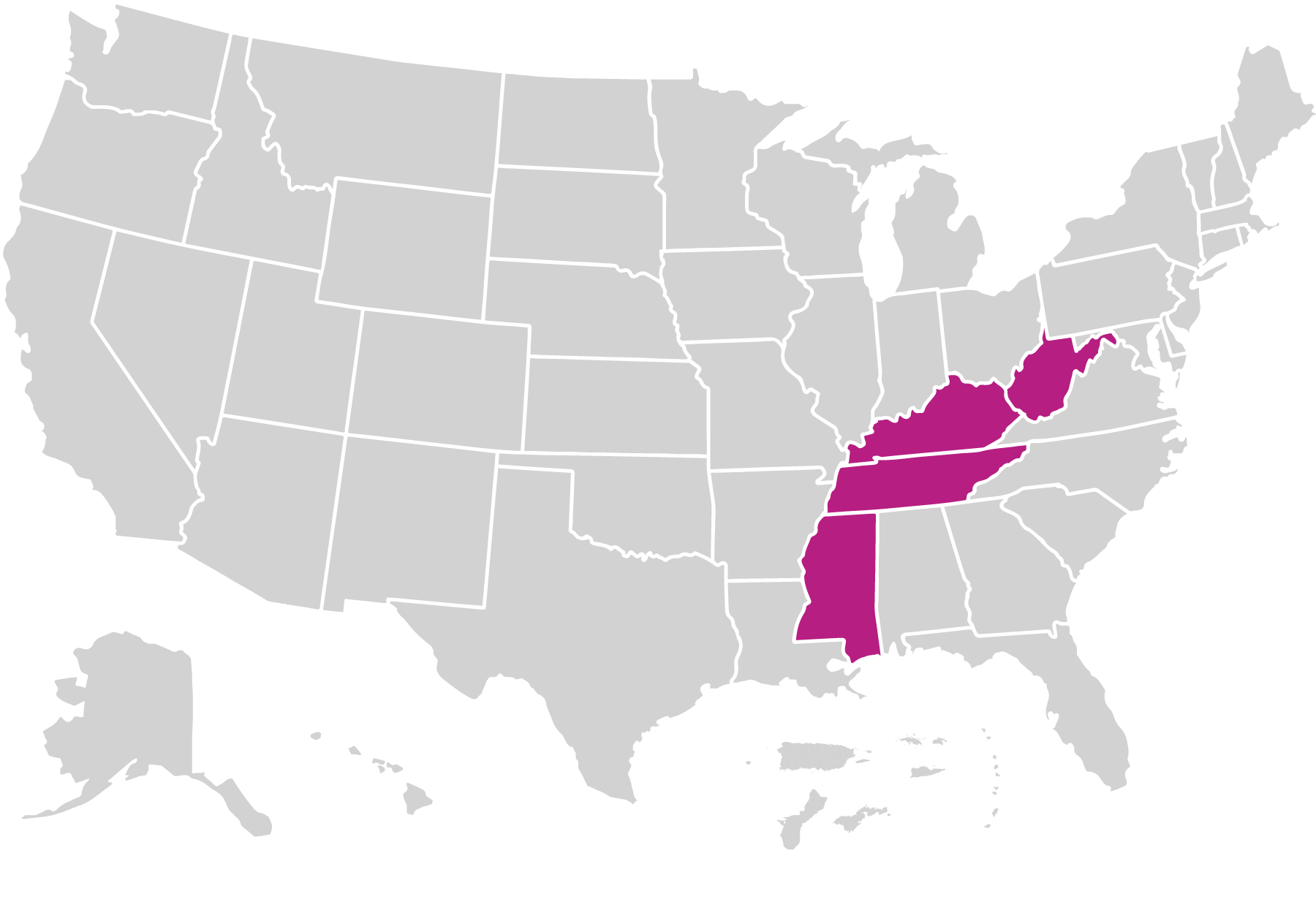Maternal Infant Health Outreach Worker Program
MIHOW’s primary goal is to improve maternal and child health outcomes through a strength-based approach to home visiting. MIHOW trains peer mentors to support women during pregnancy to become physically, mentally, and emotionally healthy for their baby’s arrival. Once the baby is born, MIHOW focuses on promoting positive parent-child interactions and establishing a safe, stable, nurturing environment. See www.mihow.org for details.
What is the model’s approach to providing home visiting services?
Home visits take place once per month. Services are provided until the child is 3 years old. MIHOW requires at least 80 percent of families served to initiate services prenatally.
MIHOW’s target population includes the following:
- Expectant mothers
- First-time mothers or first-time parents
- Teenage mothers or teenage parents
- Unmarried mothers or single parents
- Parents/caregivers with limited education
- Low-income families
- Parents/caregivers experiencing physical/social isolation or limited support system
- Families experiencing language barriers
Who is implementing the model?
Home Visitors
MIHOW was implemented by 22 full-time equivalent home visitors in 2018. The model recommends a high school diploma or GED and experience in the community for home visitors. The maximum caseload requirement for home visitors is 40 families.
Supervisors
MIHOW was implemented by seven supervisors in 2018. The model recommends a bachelor’s degree for supervisors.
Where is the model implemented?
MIHOW operated in four states in 2018.

Families Served Through Home Visiting in 2018
Race
0% American Indian/Alaska Native
* Asian
16% Black
* Native Hawaiian/Pacific Islander
77% White
3% Multiple
* Other
Caregiver age
29% ≤ 21 years
43% 22-29 years
27% 30-44 years
<1% ≥ 45 years
Caregiver education
32% No HS diploma
40% HS diploma or GED
20% Some college or training
8% Bachelor's degree or higher
Ethnicity
14% Hispanic or Latino
86% Not Hispanic or Latino
Household income
80% Low-income status
20% Not low-income status
Child age
30% < 1 year
53% 1-2 years
17% 3-5 years
Child insurance status
88% Public
11% Private
1% None
Primary language
93% English
4% Spanish
4% Other
